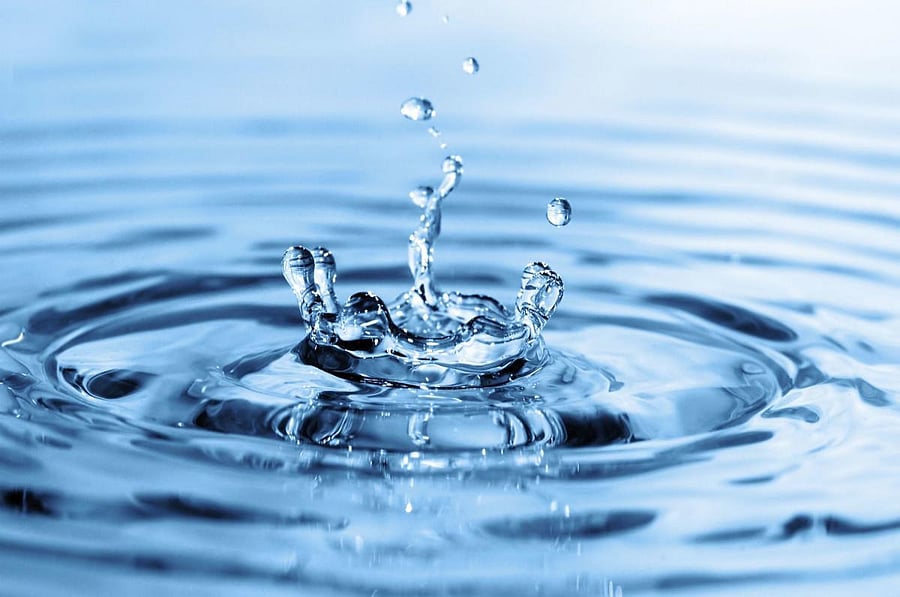
Water Conservation Fee (WCF), effective June 2019, is being levied on industries and certain domestic users (with pipes over an inch in diameter). Users extracting groundwater for agricultural purpose are exempt from the payment of this fee.
This pay-and-extract policy for groundwater can be disastrous in areas where groundwater quality is already alarming with contaminants such as arsenic, fluoride, etc. in concentrations higher than permissible limit set by the World Health Organization. Arsenic, in particular, is a cancer-causing substance, whose concentration in groundwater tends to increase as contaminated water is extracted from the aquifer.
Contamination of groundwater has serious adverse consequences since a huge majority of the rural population use water from wells and tube wells for drinking and cooking. Furthermore, contaminated water used for irrigation also severely impacts agricultural production in terms of lower crop productivity, uptake of contaminants by crops and deterioration of soil fertility.
Therefore, a measure such as WCF needs to be well-thought through before implementation. Ideally, it’s implementation should be halted until the Central Ground Water Board comes up with a latest all-India assessment of groundwater resources based on the methodology recommended by the Ground Water Estimation Committee (GEC) in 2015 (hereafter referred to as GEC-2015). GEC-2015 includes the component of water quality parameters for categorisation of assessment units as opposed to the previous versions which have only accounted for reductions in groundwater levels.
GEC-2015 recommends classification of assessment units into four categories. The criteria for categorisation of assessment units, based on stage of groundwater development, i.e. the ratio of gross annual groundwater draft for all uses and net annual groundwater availability, is: 0 to <=65% as ‘safe’; >65% to <=85% as ‘semi-critical’; >85% to <=100% as ‘critical’ and >100 as ‘over-exploited’. These results are to be corroborated using the long-term groundwater level trends. In addition, the quality assessment of groundwater has also been included such that assessment units with poor groundwater quality will be tagged for salinity, fluoride and arsenic hazard.
At national level, particularly, we observe a lack of due attention towards the status of groundwater quality, its larger implications and policy initiatives in this direction. In fact, significant increase in groundwater use in so-called groundwater abundant areas without proper appraisal of the available resource in terms of quantity, quality and other environmental conditions is noted.
Although the latest Model Bill for the Conservation, Protection, Regulation and Management of Groundwater, 2016 laid out by the Ministry of Water Resources, Government of India — to be appropriately modified and implemented by each state government — provides a good set of guidelines, it will be beneficial only if those provisions are implemented with the right force and spirit. It suggests the demarcation of areas affected by arsenic, fluoride and salinity ingress under ‘groundwater protection zones’. This is in line with its mandate of protecting groundwater from depletion, deterioration, biological and chemical pollution.
The Model Bill further includes a section on the need for undertaking environmental impact assessment, specifically on the short-term and long-term impacts on quantity and quality of groundwater, impacts on agricultural production and so on. Similar such bills have been presented previously in 1992, 1996, 2005 and 2011. However, to date, only 14 states have enacted a legislation for groundwater resource management.
Groundwater resource management needs to encompass measures which preserve the resource both in terms of quantity and quality. National and state level policies and institutions managing groundwater must work in coordination towards this objective. In this context, the implementation of WCF should be reviewed, since it promotes exploitation of groundwater in areas where groundwater quantity is not a concern, while disregarding the quality profile of the resource.
(The writer is a PhD scholar at the Centre for Economic Studies and Policy, Institute for Social and Economic Change, Bengaluru)